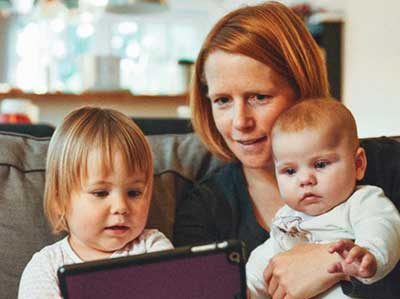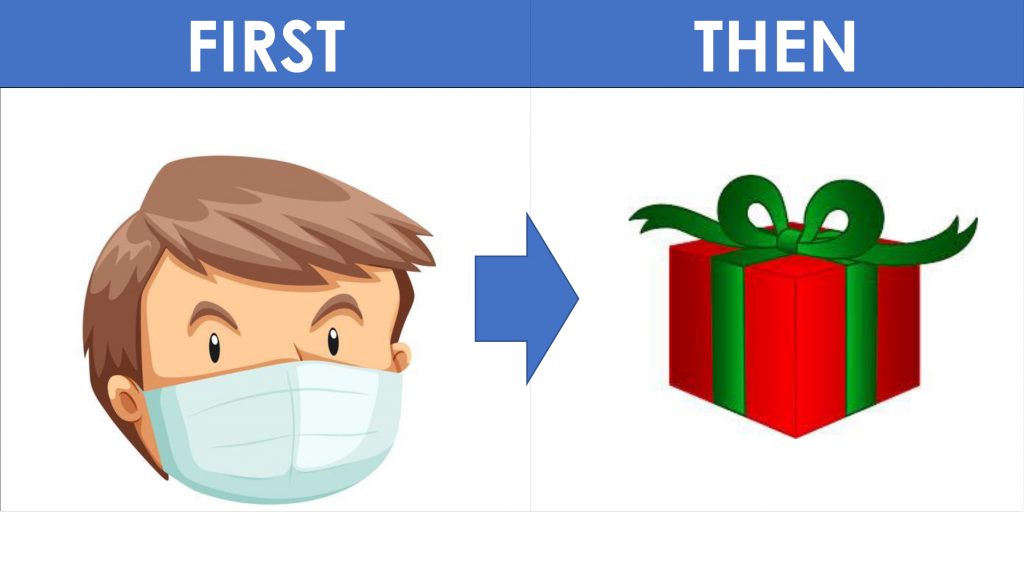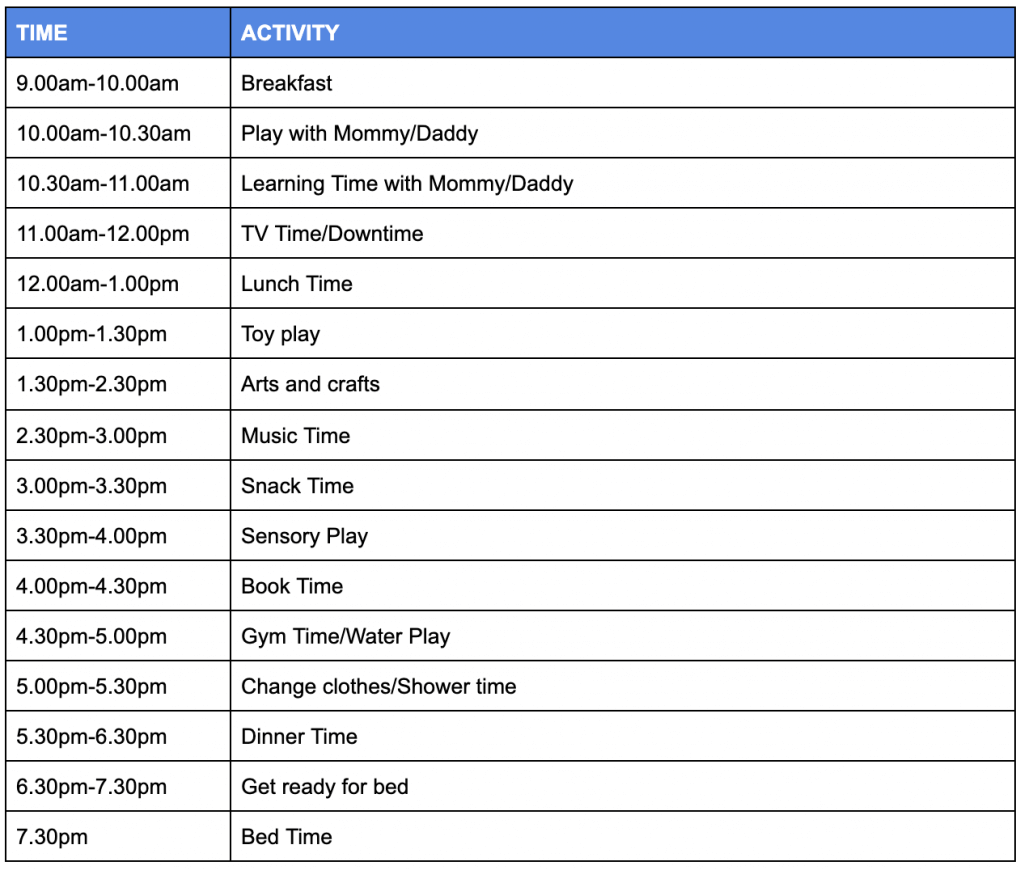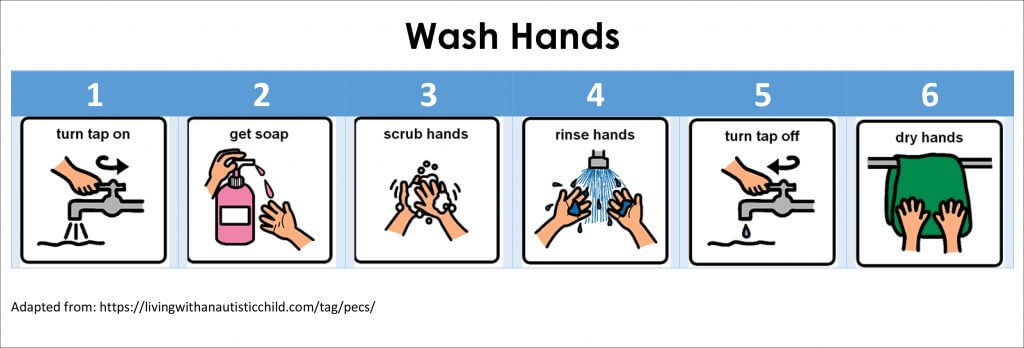
Support For Families With Autism Coping With COVID-19
Since December 2019, the world has been combatting the coronavirus disease 2019, also known as COVID-19. On Monday, 16th March 2020, the Malaysian Prime Minister’s Office announced a Movement Control Order from 18th March to 31st March 2020, closing schools down and limiting Malaysian citizens’ movements outdoors. For families of children with autism who have been used to attending therapy, school or going out to public areas regularly, this can be a major change for your child and family to navigate.
This article will focus on some strategies you can apply at home to help your child with autism cope with the change, as well as teach them good hygiene and sanitisation. For detailed general health information and to keep up-to-date with the latest news on COVID-19, do refer to reputable sources like the Center for Disease Control and Prevention’s (CDC) or the World Health Organisation (WHO).
Explaining To Your Child About The Need To Stay Home
It can be a confusing experience for your child with autism to understand why their lifestyle and routine has suddenly changed. Begin by reading a social story adapted to your child’s level of understanding to explain about COVID-19. Below are some social stories you can download to read directly to your child:
- Coronavirus Social Story 1: For children with none to little speech
- Coronavirus Social Story 2: For children who speak in phrases or more
Teaching Your Child To Wash Their Hands Properly
If your child has yet to, or is still learning to wash their hands properly, download and print this simple visual schedule to remind your child of the steps to take when washing hands.
(Click on image to download visual)
If your child already knows how to wash their hands, but does not do it for long enough, here are some tips they could do to remember to wash for at least 20 seconds:
- Set a timer with them for 20 seconds
- Count down from 20 seconds with them
- Sing the ‘Birthday Song’ with them twice
Tolerating Wearing A Mask
The CDC recommends wearing a face mask only if you are sick or caring for someone who is sick.
If your child is showing mild symptoms of being sick and cannot tolerate wearing a mask, they may require a desensitisation program.
1. Break the skill down by slowly increasing the proximity and duration of the mask to your child’s face. An example of steps you may need to take could include:
- Having the mask in front of the child but not touching them
- Touching the mask to your child’s arm
- Touching the mask to your child’s neck
- Touching the mask to your child’s chin/mouth
- Wearing the mask for 2 seconds only
- Wearing the mask for 5 seconds only
- And so on
2. Reinforce or reward your child immediately with a strong reinforcer they enjoy, after they have tolerated the step you are at. This could include their favourite snack, toy or some screen time.
3. Practice frequently: Your child may need once-an-hour practices depending on their level of tolerance. The more you practice a skill, the better you get at it!
Utilise visuals like a First-Then board to communicate to your child what they need to do.
 (Click on image to download visual)
(Click on image to download visual)
How To Occupy Your Child’s Time
You and your child may have been accustomed to them having a large portion of their day occupied at school or in therapy. It is very important to structure up your child’s day from the moment they wake to when they go to sleep, to ensure they are meaningfully occupied, learning, and minimising them engaging in self-stimulatory or challenging behaviours. Below is an example of what a child’s typical day could look like:

It is hoped these tips will be helpful to families with autism who are helping their children cope during this season and time. As a community, we can help those affected and healthcare providers by slowing the spread of this disease together.
